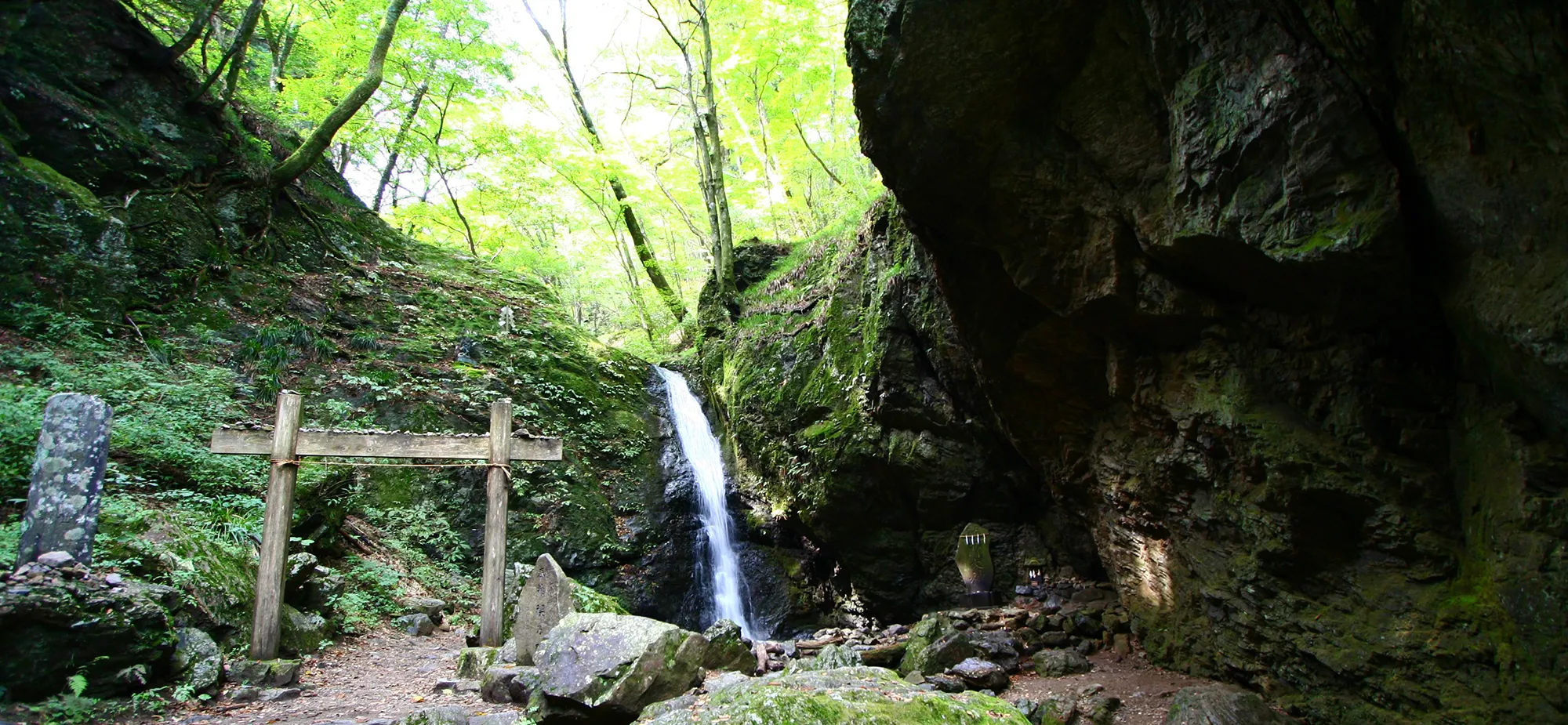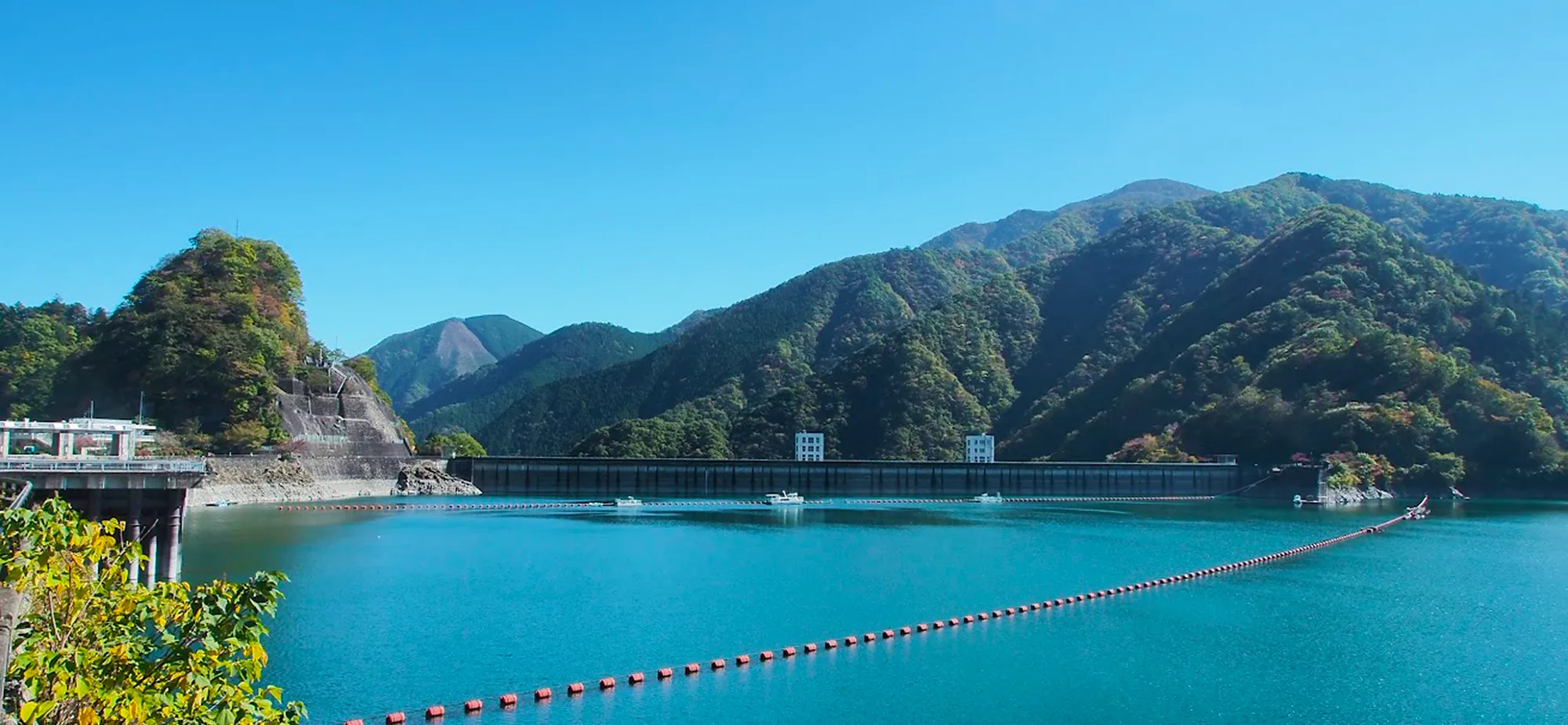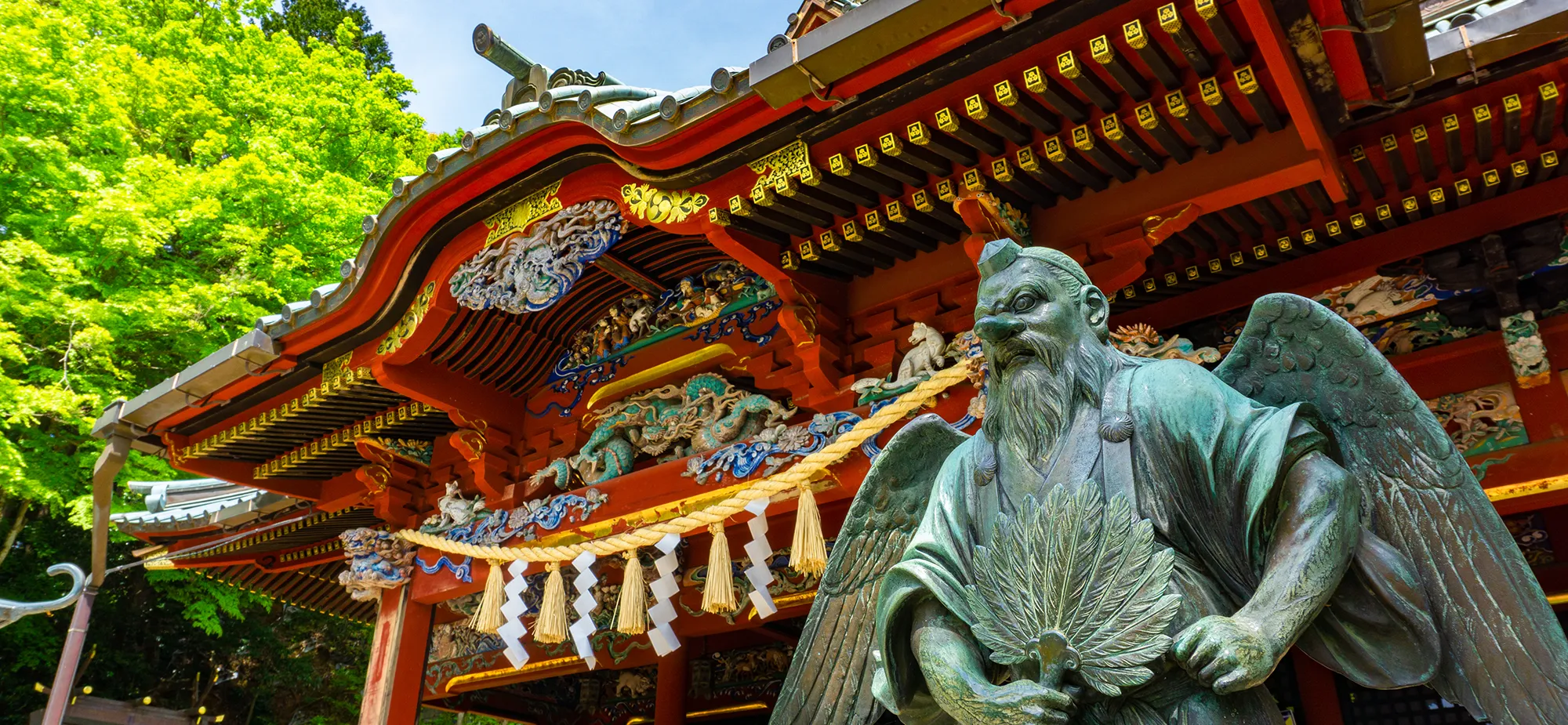プラン
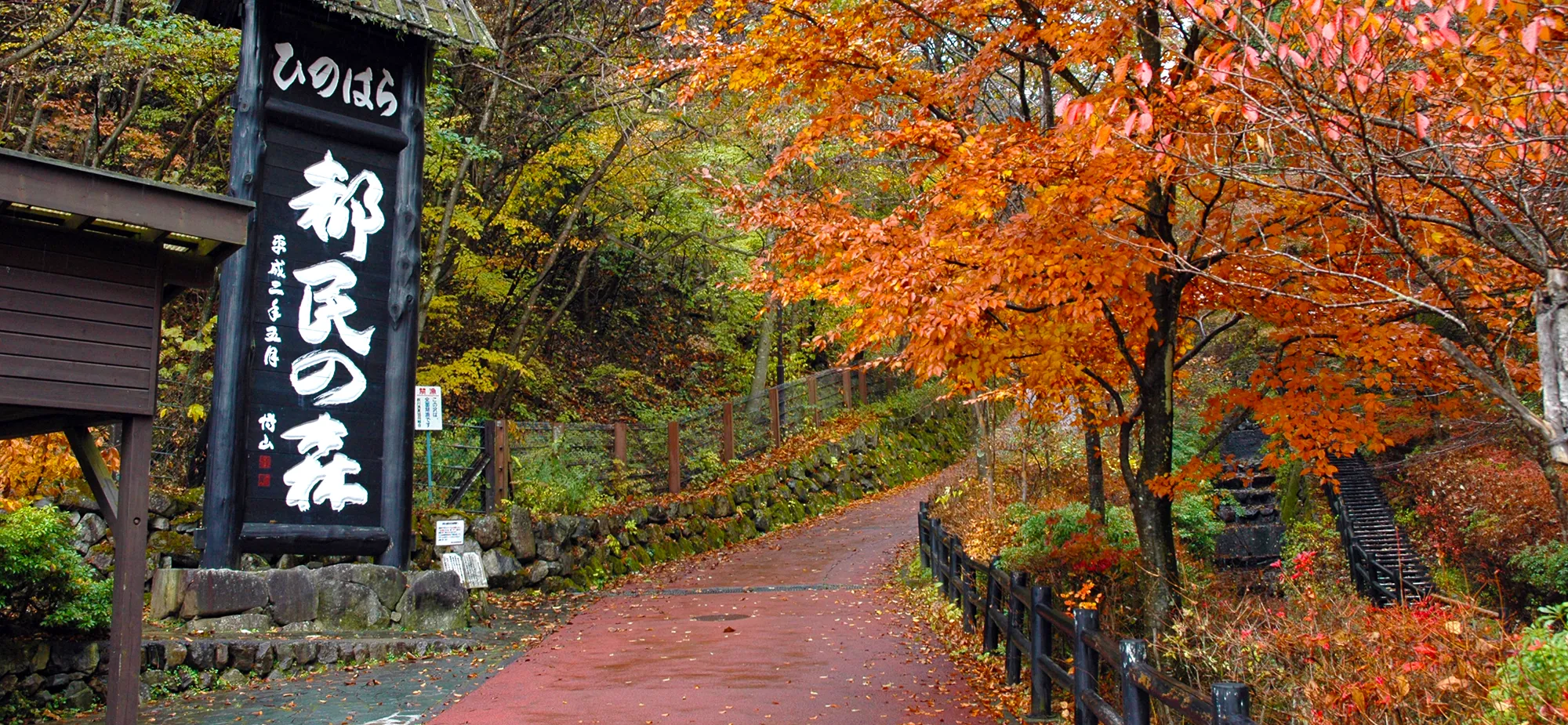
Model Plan 03Akigawa Keikoku Valley Plan
A fulfilling trip in the Akigawa Keikoku Valley including waterfalls, limestone caves, old-style inns, paper-making experiences, etc.
This plan is to allow for the visitation of highlights around Akikawa Keikoku Valley over 4 days and 3 nights.
On the first day, you will head to Hinohara Tomin no Mori from Musashi-Itsukaichi Station and enjoy the experiences of wood crafts and hiking. After having lunch at the restaurant Tochinomi on the premises, we will then visit Hossawanotaki Falls, the only waterfall in Tokyo that has been selected as one of “Japan's Top 100 Waterfalls.” Afterwards, you will visit the Kobayashi family's residence and soak in the hot springs at Kazuma-no-Yu, while surrounded by lush forests. For the first night, we will stay at Kabutoya Ryokan, an old Japanese-style inn with a roof shaped like a Kabuto(Japanese warrior helmet) that is over 300 years old.
On the second day, we will first visit Kanotoiwa Rock, which has been designated as a natural monument by the Tokyo Metropolitan Government and enjoy fishing at the Akikawa International Fishing Spot. We will then visit Mt. Minamisawa Ajisaiyama and Kotoku-ji Temple. Later we will go to the Akiruno Furusato Kobo workshop to experience paper making and Japanese paper dyeing. After that, enjoy the spectacular valley that is seen below while on the Ishibunebashi Bridge. Soak in the hot springs at Seoto no Yu from where you can see the valley. We will stay at Kabutoya Ryokan for the second night.
On the third day, we will first visit Hinode Sanso, the villa of former Prime Minister Yasuhiro Nakasone. After that go to Tsurutsuru Onsen and enjoy the natural hot spring. Following that we will visit Daihigan-ji Temple, Hiraigawa River, and Shuyou-in Temple. Check in at Yamada Ohashi Campsite, where you will stay for the third night.
On the fourth and final day, we will visit Ootake Shonyudo Limestone Cave, which is designated as a natural monument of Tokyo. After that, we will visit Ootaki, Kotaki, Tokuun-in Temples, then Komine Park before ending at Musashi-Itsukaichi Station.
The above is an example plan. Please inquire for details
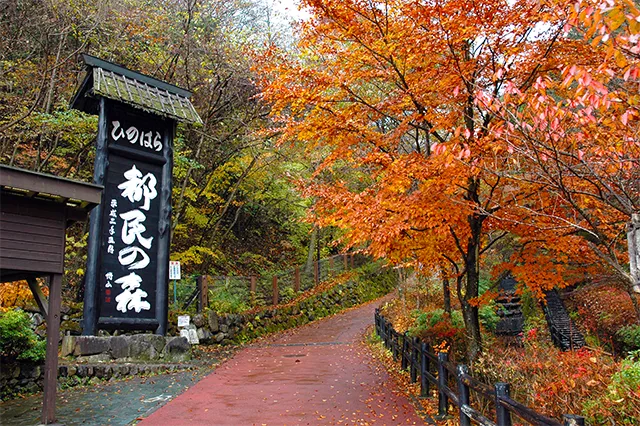
This mountain park is located at an altitude of between 1000-1500m. You can enjoy wood craft classes and free study classes at the woodworking craft center, as well as charcoal making and log cutting experiences. Also located in the park is Tochinomi, the highest restaurant in Tokyo.
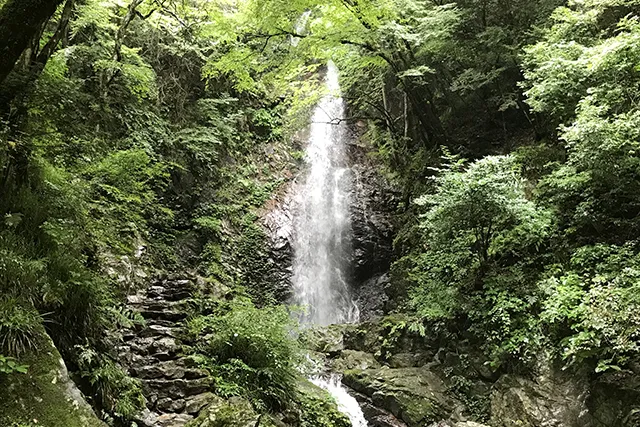
Hossawanotaki Falls was selected as one of Japan’s top 100 waterfalls. This waterfall has a height of 60m and falls in four stages. The waterfall is famous for freezing over in winter. It used to be called Amagoi (praying for rain) Falls, and it was believed that a giant snake lived in the basin below the waterfall. In addition to Hossawanotaki Falls, Hinohara Village has more than 50 other waterfalls.
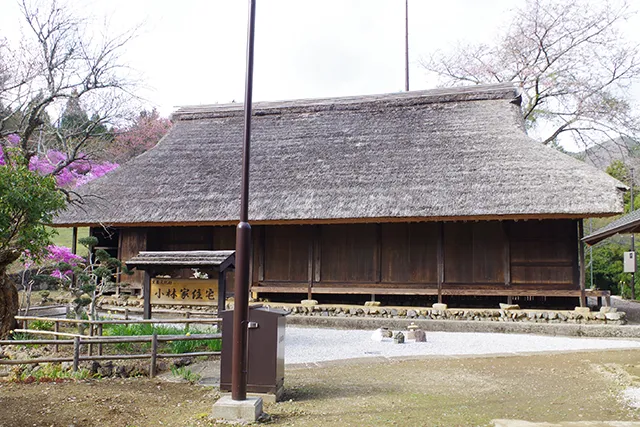
The Kobayashi Family House is a private mountain house built on a ridge at an altitude of about 740m in Hinohara Village, which is the only village within the inland part of Tokyo. The building is estimated to have been built around the first half of the 18th century, based on the survey results of its structure and materials. It was designated as an important cultural property in 1978, as it has a valuable legacy that allows us to learn about the relationship between private houses from Tokyo to Yamanashi Prefecture.
After about three years of preservation and repair work starting from 2011, the property was returned to its original appearance.
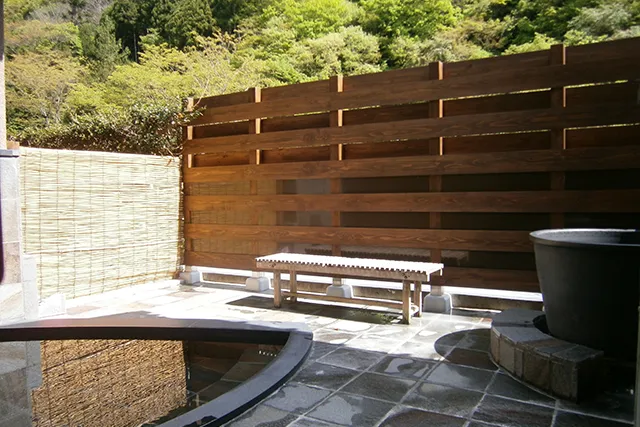
Traveling to this alkaline simple hot spring makes for a good day trip. There is a river where you can enjoy and relax, and barbecue area reserved for the hot spring users only. You can also dine at the nearby restaurant.
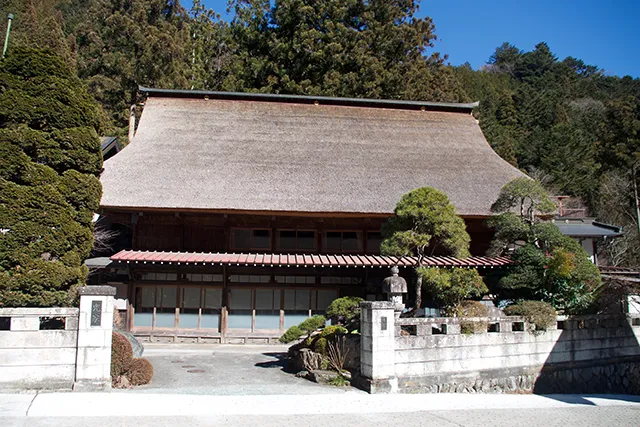
The buildings in the Kazuma district are said to be gassho-zukuri(Japanese architectural style of distinct steep roof) except for this inn whose roof is kabuto-zukuri (Japanese helmet shaped). This area has around 300 years of history. There are 16 guest rooms in total, and the view of the Akikawa Keikoku Valley from the corner rooms are spectacular.
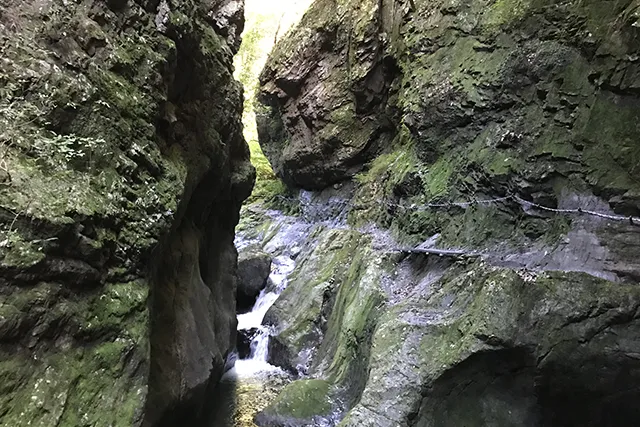
The towering 100m high bedrock on both sides of "Kanotoiwa" creates a mystical landscape of 250-million-year-old exposed strata. The clear Akaizawa River, upstream of the Kanotogawa River, runs down the narrow corridor-like valley, echoing within the bedrock. There is a promenade along the stream, and you can walk along it while holding onto chains for support. On February 13, 1960, the Tokyo Metropolitan Board of Education designated the Kanotoiwa rock as a natural monument of the capital. The rocks here are composed of hard crystalline chert, and as a result, they have withstood erosion by river water, wind, and rain, leaving a narrow valley and these towering canyon walls (toiwa).

Minamisawa Ajisaiyama Mountain is just a short walk after crossing over the Ajisaibashi Bridge in the Fukasawa district of Akiruno City. Every year, from mid-June to early July, the hydrangeas bloom and the areas along the forest roads and mountain slopes are dyed blue and pink. The appearance is truly a masterpiece of nature. There are about 10,000 hydrangeas among the trees in the steep mountains, making this quiet mountain village gorgeously beautiful.

Kotoku-ji Temple in Akiruno City is a temple of the Kencho-ji sect of the Rinzai denomination (Rinzai-shu-Kencho-ji-ha), founded in 1373. There is a thatched temple gate (a cultural property designated by Akiruno City), which is thought to have been built in the middle of the Edo period, and its dignified appearance fascinates visitors. In the historic precincts, you can enjoy the nature of the four seasons with the largest Kaya (24.5m), Tarayou (19.1m), and ginkgo trees designated as natural monuments in Tokyo.
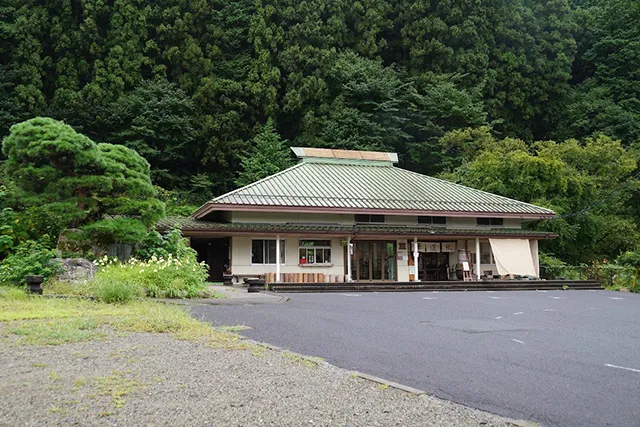
Gundogami paper, designated as an intangible cultural property of Tokyo, is traditional handmade Japanese paper from Akiruno. "Gundogami paper" has historically been synonymous with "strong paper". Here a Gundogami paper making experience is held in this facility where the material has been made for about 700 years. This place continues to carry out tradition preservation activities.

There are many places to see in the Akikawa Keikoku Valley, but the most famous is the Ishibunebashi Bridge.
The 96m long pedestrian-only bridge dyed in vermillion is a suspension bridge that can be used to cross over to the hot spring facility Seoto no Yu.
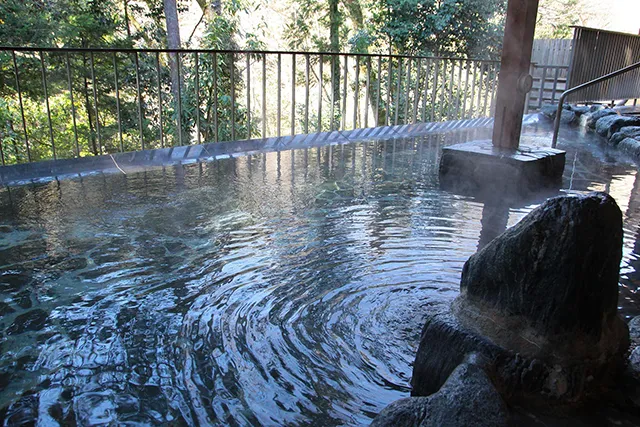
A hot spring, with the theme of "placed gently in the forest" is located in the Akikawa Keikoku Valley, where the building blends into nature. The source of the water, which gushes out from 1,500m below ground, is highly alkaline and is wonderful for the skin. There are open-air baths, indoor baths, and saunas. Cottage-type accommodations are also available.
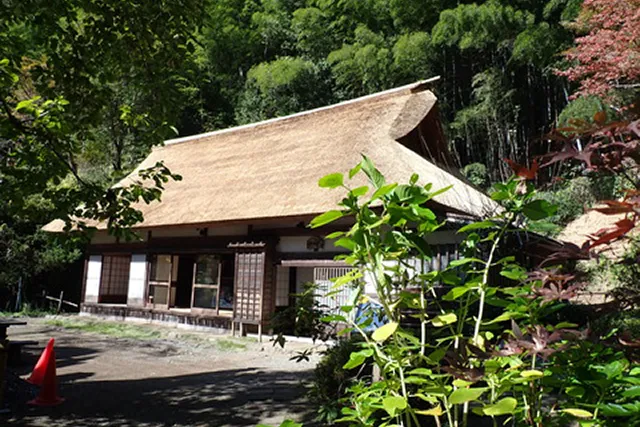
This memorial hall is the place where the Japan-US Summit meeting between then-Prime Minister Yasuhiro Nakasone and US President Ronald Reagan was held on November 11, 1983. On November 11, 2006, the owner, Yasuhiro Nakasone, then-prime minister donated this villa to the town of Hinode-machi.
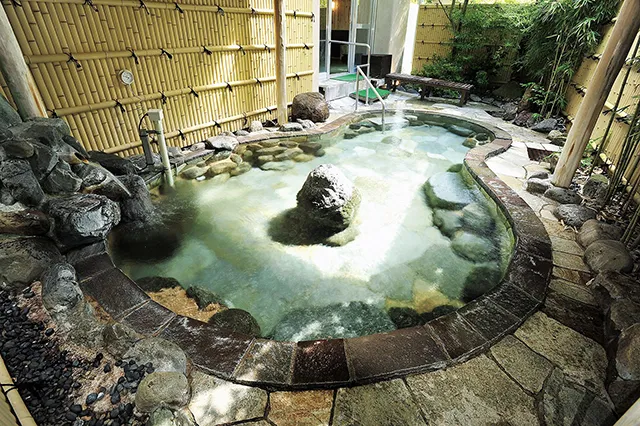
Upstream of the lush Hiraigawa River, TsuruTsuru Onsen in Mitsuzawa is a comfortable hot spring known for making your skin smooth. This alkaline hot spring with waters pumped up from 1,500m below ground is effective for neuralgia, stiff shoulders, etc.

At Daihigan-ji Temple in Akiruno City there is an Amida Sanzon statue believed to be from the late Heian period to the early Kamakura period, which is made accessible to the public every April. The hall where the Amida Sanzon is enshrined is called Muikaku (Kannon-do) and is designated as a cultural property of Akiruno City. Daihigan-ji Temple was founded in 1191 by Sueshige Hirayama, as ordered by Minamotono Yoritomo.

The Hiraigawa River flows from the town of Hinode-machi to Akiruno City. The Hiraigawa River then flows into the Tamagawa River in Akiruno City, and just before merging, there is a row of cherry blossom trees in the downstream area. The length of this part of the river is about 1km, with large cherry blossoms trees lined up along both banks together with long promenades creating a spectacular view in spring.
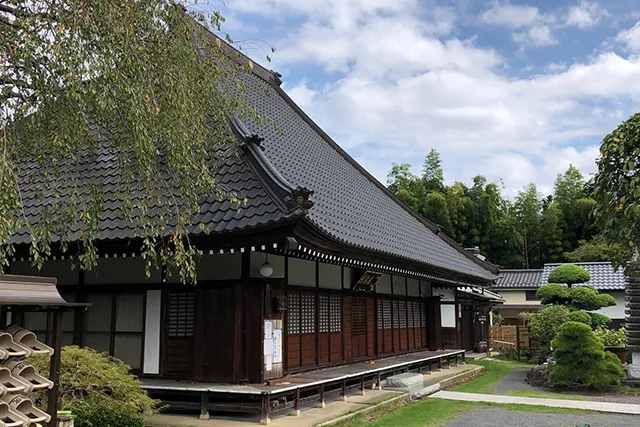
Shuyo-in Temple is located in Akiruno City and belongs to the Kencho-ji sect of the Rinzai denomination (Rinzai-shu-Kencho-ji-ha). It was founded by Toeido-Zenshi who was master in 1403 and it received a letter of the red seal for a 10 koku land grant in 1649. In the 18th year of the Meiji era, the Setooka branch of the Hirai school was opened in the temple and was in service until the 43rd year of the Meiji era. White plum blossoms in early spring, and later, cherry blossoms, azaleas, and peonies color the premises.
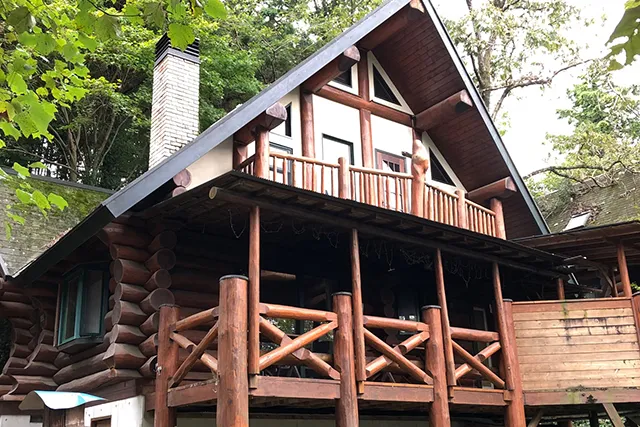
The Yamada Ohashi Campsite is located in Akiruno City. It consists of a log house and a campsite. The main log house has everything you need for your stay and can be used all year round. The owner himself went into the mountains to cut cedar wood to complete the structure. There are about 200 kinds of trees in the area, including 50 kinds of flowering trees, making it a paradise for wild birds. Even flying squirrels live on the grounds. You can also enjoy playing in the Akigawa river and fishing for freshwater trout as the river flows past the campsite.
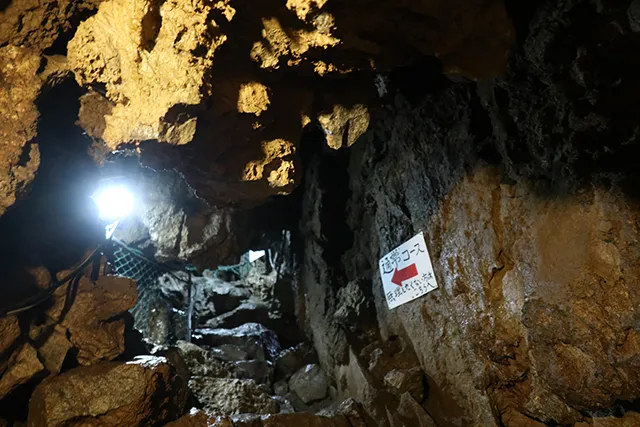
This limestone cave was designated as a natural monument of Tokyo. Located at an altitude of 520m at the foot of Mt. Ootake in Akiruno City, the total length is about 300m. You must wear a helmet while walking along the narrow cavern, making a visitor feel like an explorer. Discovered in October 1961, the cave contains many stalagmites and stalactites such as the Stalagmite Hall, the Nyuka Hall, and the Venus Hall. The natural beauty of all these are dazzling.
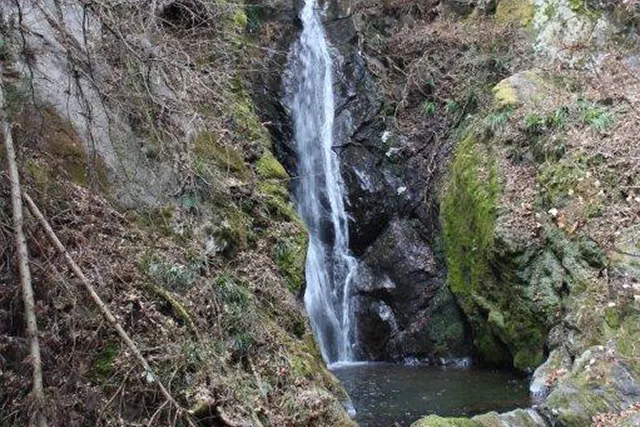
A dynamic waterfall with a drop of about 30m along the mountain trail to Mt. Ootake. The scenery of the Ootakezawa Valley on the way is also splendid. Furthermore, after it rains, a nearby Kotaki Falls (small, sometimes dry, waterfall) transforms into a large flowing waterfall that is not often seen.
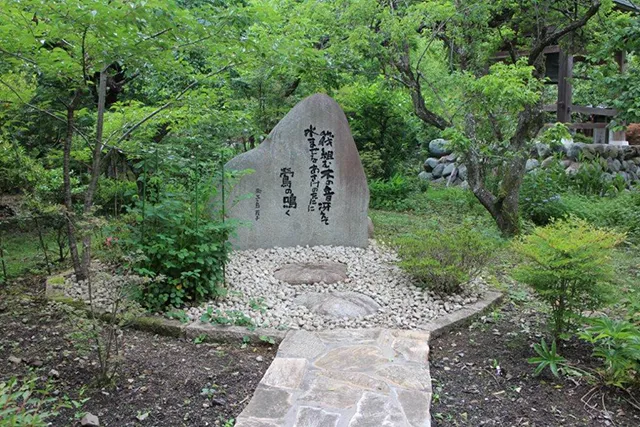
A temple belonging to the Kencho-ji sect of the Rinzai denomination in Akiruno City. The 21st Uneidai Zen Master of Kogon-ji Temple was founded by the Jurojin master of Musashi Itsukukaichi Shichifukujin(Seven Deities of Good Luck).
Many plum and cherry blossoms trees are planted on the premises, and the nearby Yosawagawa River is known as a firefly spot which is rare in Tokyo.
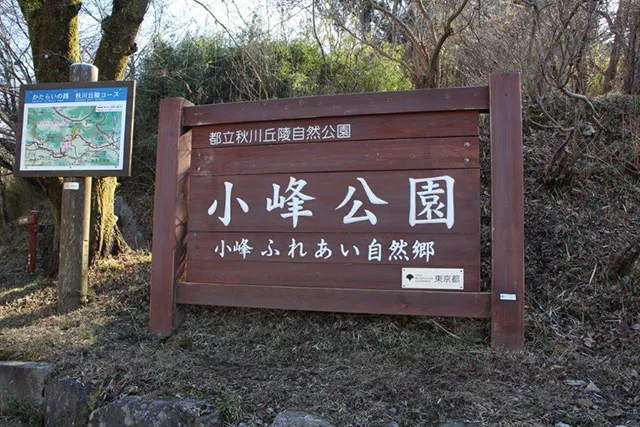
Komine Fureai Shizenkyo (Nature Village Komine Park) is located in the Metroplitan Akikawa Kyuru Shizen park (Hills Nature Park). This park has been developed as a place for outdoor recreation where you can enjoy picnics and hiking while coming into contact with nature. The park consists of three ridges and two valleys, along which there are rows of cherry blossom trees. There are also forests of trees and cypresses, rice fields and wetlands that use the spring water of the valleys. Here you can observe various wildflowers and animals.
Spot Map
The above is an example plan. Please inquire for details

